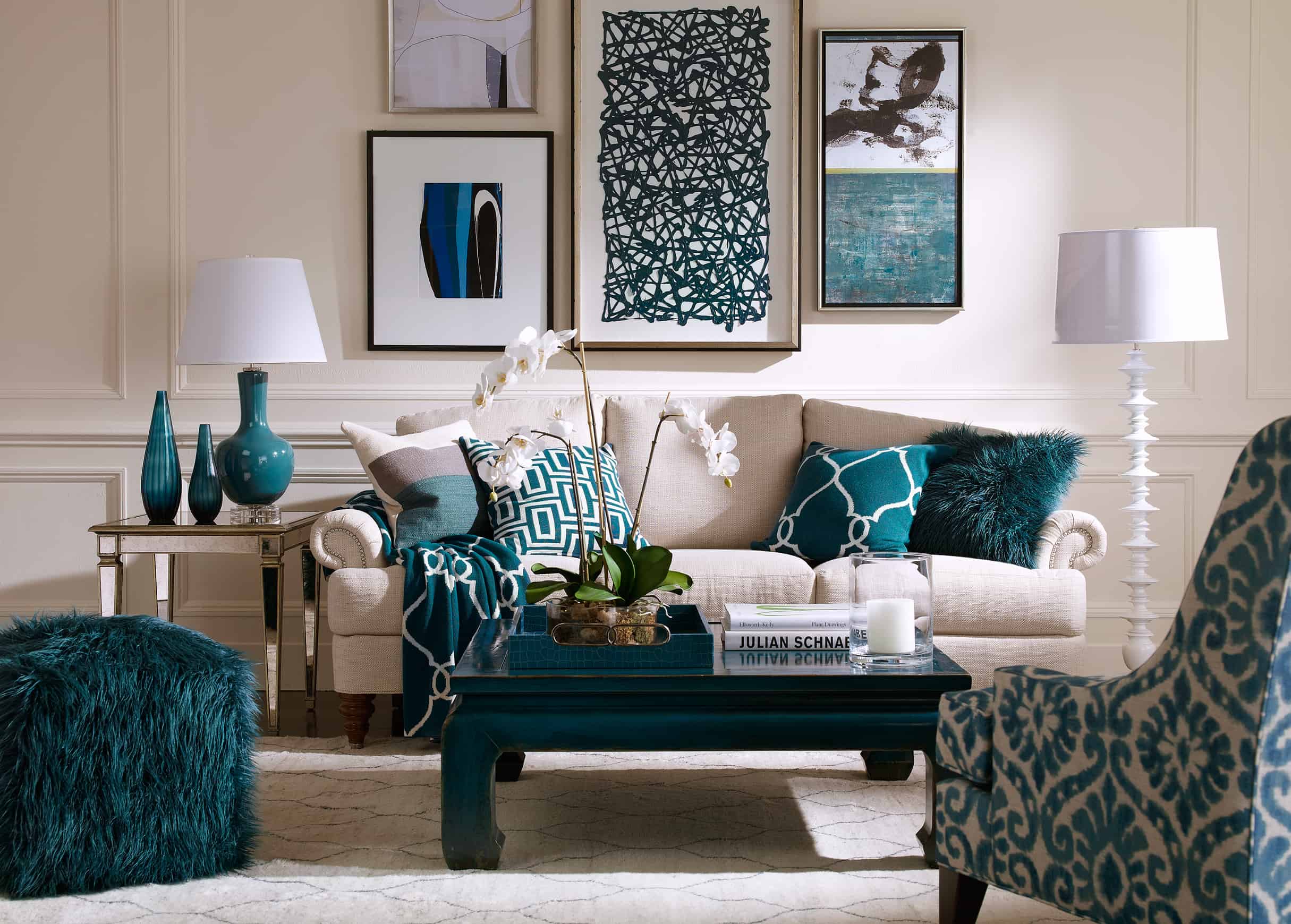

Articles
How Much To Furnish A Living Room
Modified: October 29, 2024
Discover valuable articles on how much it costs to furnish a living room, including budget-friendly tips, stylish ideas, and expert advice.
(Many of the links in this article redirect to a specific reviewed product. Your purchase of these products through affiliate links helps to generate commission for Storables.com, at no extra cost. Learn more)
Introduction
When it comes to furnishing a living room, it’s not just about finding pieces that look great, but also about creating a space that is comfortable, functional, and reflects your personal style. But with so many options available and varying price ranges, it can be overwhelming to figure out how much to spend on furnishing your living room.
In this article, we will guide you through the process of choosing and budgeting for living room furniture, as well as provide some helpful tips for saving money along the way.
So, whether you’re starting from scratch or looking to update your existing living room, let’s dive in and explore how much it will cost to furnish a living room.
Key Takeaways:
- Furnishing your living room on a budget is achievable by considering secondhand furniture, DIY projects, and taking advantage of sales and discounts. With creativity and flexibility, you can create a stylish and comfortable space without overspending.
- Prioritize quality, functionality, and personal style when furnishing your living room. By setting a realistic budget, exploring cost-saving options, and staying open to secondhand finds, you can achieve a beautiful and welcoming living space within your financial means.
Read more: How To Furnish Rectangular Living Room
Choosing Furniture
The first step in furnishing your living room is selecting the right furniture pieces. This involves considering both style and functionality to ensure that your space is not only visually appealing but also serves your needs.
Here are some key elements to consider when choosing furniture for your living room:
Selecting a Sofa: The sofa serves as the centerpiece of your living room, so it’s important to choose one that is both comfortable and stylish. Consider the size, shape, material, and color of the sofa to ensure it fits well within the space and complements your overall design aesthetic.
Picking the Right Coffee Table: The coffee table is not only a functional piece but also a statement piece in your living room. Consider the size, shape, and material of the coffee table, as well as its storage capabilities if you need extra space to store items like remote controls or magazines.
Finding the Perfect TV Stand: If you have a television in your living room, you’ll need a TV stand to hold it and any associated media devices. Consider the size, storage options, and cable management features of the TV stand to ensure it meets your needs.
Choosing the Best Accent Chairs: Accent chairs can add both style and additional seating to your living room. Consider the size, style, and comfort of the chairs, as well as how they coordinate with the rest of your furniture.
Finding the Ideal Storage Solutions: Living rooms often require storage solutions to keep clutter at bay. Consider incorporating storage options such as bookshelves, cabinets, or ottomans with hidden storage to keep your living room organized and tidy.
By carefully selecting each furniture piece, you’ll be able to create a cohesive and functional living room that meets your design preferences and lifestyle needs.
Selecting a Sofa
When it comes to selecting a sofa for your living room, there are several factors to consider to ensure you choose the perfect piece that meets your comfort and style preferences. Here are some key points to keep in mind:
Size: The size of the sofa is crucial, as it should fit well within the space without overwhelming it. Measure your living room area and consider the layout to determine the ideal sofa size. Keep in mind the dimensions of doorways and hallways for easy installation and maneuverability.
Shape: Sofas come in various shapes, such as straight, L-shaped, or curved. Consider the shape that best suits your living room layout and desired seating arrangement. L-shaped sofas work well in open-plan spaces, while straight sofas are versatile and can fit into smaller rooms.
Material: The material of the sofa plays a significant role in both comfort and appearance. Leather sofas offer a sleek and sophisticated look, while fabric sofas provide a wide range of options in terms of color, pattern, and texture. Consider the durability of the material and how easy it is to clean and maintain.
Comfort: Sit on the sofa and check for comfort. Consider the cushioning, seat depth, and back support. It’s essential to find a sofa that offers the right balance of firmness and coziness for your personal preferences.
Style: The style of the sofa should complement your overall living room decor. Whether you prefer a modern, contemporary, or classic look, choose a sofa that aligns with your desired style. Pay attention to details such as the arm style, leg design, and overall silhouette of the sofa.
Color: The color of the sofa is another crucial aspect. Consider the existing color palette in your living room and choose a sofa color that either matches or complements it. Neutral colors like gray, beige, or ivory are versatile options that can easily blend with different decor styles.
Budget: Finally, determine your budget for the sofa. Sofas come in a wide price range, so consider your financial limitations while also keeping in mind the quality and longevity of the piece. Look for sales and discounts to get the best value for your money.
By carefully considering these factors, you’ll be able to select a sofa that not only fits well within your living room but also reflects your personal style and provides the desired level of comfort for countless hours of relaxation and socializing.
Picking the Right Coffee Table
The coffee table is not just a functional piece of furniture; it also serves as a focal point in your living room. Choosing the right coffee table can add style, convenience, and functionality to your space. Here are some factors to consider when picking the right coffee table:
Size: The size of the coffee table should be proportionate to the size of your living room. Consider the available space and how much surface area you need. You want to ensure that there is enough room to move around the table comfortably without it overwhelming the space.
Shape: Coffee tables come in various shapes, including rectangular, square, round, and oval. Consider the shape that not only fits well within the available space but also complements the overall design of your living room. Rectangular shapes often work well with longer sofas, while round or oval shapes can soften the look of a room with predominantly straight lines.
Material: The material of the coffee table should align with your design preferences and lifestyle. Popular options include wood, glass, metal, and acrylic. Wood offers a classic and warm feel, while glass adds a modern touch. Metal and acrylic can bring a contemporary or industrial vibe. Consider the durability and maintenance requirements of each material.
Style: The style of the coffee table should harmonize with the overall theme of your living room. Consider factors such as the table’s legs, finishes, and decorative accents. For example, a rustic wooden coffee table can complement a farmhouse or eclectic living room, while a sleek glass table can enhance a modern or minimalist space.
Functionality: Think about how you intend to use the coffee table. Do you want extra storage? Consider coffee tables with drawers, shelves, or hidden compartments to help you keep your living room organized. If you frequently entertain guests, you might want to choose a coffee table with a larger surface area or one that can be extended.
Complementing other furniture: The coffee table should work well with other furniture pieces in the room. Consider how it will interact with the sofa, chairs, and other items. Pay attention to height, ensuring that the table is at a comfortable level for placing items such as drinks or books while seated on the sofa.
Budget: Set a budget for your coffee table and try to stick to it. Coffee tables come in a wide range of prices, so consider both your financial constraints and the quality of the table. Remember to factor in any additional costs such as shipping or assembly if necessary.
By considering these factors, you can select the right coffee table that not only enhances the aesthetic appeal of your living room but also meets your functional needs and fits within your budget.
Finding the Perfect TV Stand
The TV stand is an essential piece of furniture in any living room, as it not only holds your television but also provides storage for media devices, cables, and other accessories. When searching for the perfect TV stand, consider the following factors:
Size: Ensure that the TV stand is wide enough and sturdy enough to support your television. Measure the dimensions of your TV and compare it to the stand’s recommended size range. You want to prevent any overhang or instability that could compromise the safety of your TV.
Style: Consider the overall style and theme of your living room when choosing a TV stand. It should complement the other furniture and decor. Options range from modern and sleek designs to rustic and traditional styles. Pay attention to the materials, finishes, and details of the TV stand to ensure it aligns with your aesthetic preferences.
Storage: Think about your storage needs. Do you have gaming consoles, DVDs, or other media devices that need to be accommodated? Look for TV stands with open shelving, cabinets, or drawers to keep your media and accessories organized and easily accessible. Adjustable shelves can be beneficial if you have varying sizes of media devices.
Cable Management: Messy cables can detract from the clean and organized look of your living room. Look for a TV stand that offers cable management solutions such as built-in wire holes or cord management systems. This will help you keep all the cables neatly tucked away and avoid the cluttered appearance of tangled wires.
Height and Viewing Angle: Consider the height of the TV stand in relation to your seating arrangement. It should be at a comfortable viewing height, so you don’t strain your neck while watching TV. Additionally, look for TV stands that offer adjustable mounts or swivel features to allow for optimal viewing angles.
Quality and Durability: Invest in a TV stand made from high-quality materials that can withstand the weight of your TV and provide long-lasting durability. Solid wood, metal, or reinforced glass are popular options that offer stability and strength. Read reviews or seek recommendations to ensure you are purchasing a reliable and sturdy TV stand.
Budget: Determine your budget for the TV stand. With a wide range of options available, you can find TV stands at various price points. Consider the features and quality that are important to you and find one that fits within your budget constraints.
By considering these factors, you’ll be able to find the perfect TV stand that not only enhances your viewing experience but also adds style and functionality to your living room.
Read more: How To Furnish Large Living Room
Choosing the Best Accent Chairs
Accent chairs can be a great addition to your living room, as they not only provide extra seating but also serve as decorative elements that enhance the overall style and ambiance of the space. When selecting the best accent chairs, consider the following factors:
Style and Design: Choose accent chairs that complement the overall aesthetic of your living room. Consider the design elements such as the shape, color, and pattern. Determine whether you want chairs with a classic, modern, or eclectic look and select chairs that align with your desired style.
Comfort: Look for accent chairs that are as comfortable as they are visually appealing. Consider factors such as the seat depth, cushioning, and backrest height. If possible, test out the chairs before purchasing to ensure they provide the level of comfort you desire.
Size: Pay attention to the size of the accent chairs and how they fit within the available space in your living room. Consider the dimensions of the chairs in relation to other furniture pieces. You want to ensure that the chairs don’t overcrowd the room or hinder the flow of movement.
Materials: Consider the materials used in the construction of the accent chairs. Options range from fabrics like velvet, linen, or leather to materials like wood, metal, or rattan. Choose materials that not only fit your design preferences but also align with the level of durability and maintenance you desire.
Coordination: Take into account how the accent chairs will coordinate with the other furniture in your living room. Consider factors such as color schemes, patterns, and textures. Aim for a cohesive look by selecting accent chairs that either complement or contrast with the existing furniture pieces in a deliberate and visually appealing way.
Functionality: Determine how you plan to use the accent chairs. Will they primarily be used for seating or as decorative elements? If you require extra storage, consider selecting accent chairs that come with built-in storage compartments or hidden storage space.
Budget: Set a budget range for your accent chairs and look for options that fit within that range. Accent chairs come in a wide variety of price points, so you can find chairs that suit your financial constraints without compromising on style or quality.
By considering these factors, you’ll be able to choose the best accent chairs that not only add a stylish and comfortable seating option but also enhance the overall aesthetic of your living room.
Finding the Ideal Storage Solutions
Storage solutions are essential in a living room to keep clutter at bay and maintain an organized and tidy space. Finding the ideal storage solutions involves considering your specific needs and maximizing the available space efficiently. Here are some tips to help you find the perfect storage solutions for your living room:
Identify Your Storage Needs: Evaluate the items you need to store in your living room. This could include books, magazines, remote controls, DVDs, or board games. Understanding what you need to store will help you determine the best storage options for your space.
Consider Different Types of Storage: There are various types of storage solutions available for living rooms, ranging from bookshelves and cabinets to ottomans with hidden storage and wall-mounted shelving. Consider the style and functionality of each type and choose the ones that best meet your needs and complement your overall living room design.
Maximize Vertical Space: When dealing with limited floor space, consider utilizing vertical space for storage. Install wall-mounted shelves or floating shelves to display books, decorative items, or even create a gallery wall to showcase your favorite artwork. Vertical storage not only saves space but also adds visual interest to your living room.
Utilize Multifunctional Furniture: Look for furniture pieces that offer hidden storage compartments, such as ottomans and coffee tables. These pieces serve a dual purpose by providing a place to rest your feet or place drinks while also offering storage space for items like blankets or extra pillows.
Invest in Shelving Units: Bookshelves or modular shelving units can be a great storage solution, allowing you to display your favorite books, photographs, and decorative items while keeping them organized. Choose shelves with adjustable heights to accommodate items of different sizes.
Group and Categorize Items: When organizing your storage, group similar items together and assign designated spots for each category. This will make it easier to find what you need and reduce clutter. Use baskets, bins, or storage boxes to keep smaller items organized and maintain a clean and tidy look.
Declutter Regularly: Regularly assess and declutter your living room to prevent unnecessary accumulation of items. Donate or discard items that you no longer need or use. This will help maintain an organized and clutter-free space, making it easier to find and store items effectively.
Consider Custom Storage Solutions: If you have unique or specific storage needs, consider investing in custom storage solutions. Built-in shelves, custom cabinets, or even hiring a professional organizer can help optimize the storage space in your living room and create a tailored solution that meets your exact requirements.
By implementing these tips and finding the ideal storage solutions for your living room, you can create an organized and functional space that maximizes storage while adding style and visual appeal to your overall decor.
Budgeting and Cost Considerations
When it comes to furnishing a living room, budgeting is a crucial aspect. Understanding the costs involved and setting a budget can help you make informed decisions and prioritize your furniture purchases. Here are some important considerations when it comes to budgeting for your living room furniture:
Determining Your Budget: Start by setting a realistic budget for furnishing your living room. Consider your financial situation, how much you’re willing to spend, and what you can comfortably afford. It’s important to be mindful of your overall financial goals and not overspend in the pursuit of creating the perfect living room.
Cost of Living Room Furniture: Research and compare the prices of different furniture pieces such as sofas, coffee tables, TV stands, and accent chairs. Prices can vary greatly depending on factors such as brand, materials, size, and design. Look for affordable options that still meet your style and quality requirements.
Additional Expenses to Consider: In addition to the cost of furniture, there may be additional expenses to consider when furnishing your living room. These could include delivery fees, assembly fees, and any required tools or accessories. Don’t forget to factor in these costs when setting your budget.
Flexibility in Budgeting: Be prepared to be flexible with your budget as you shop around. You may find unexpected deals or discounts that allow you to save money on certain furniture pieces. On the other hand, you may come across a must-have item that exceeds your initial budget. Determine which furniture pieces are essential and where you can potentially make adjustments to stay within your budget.
Maintain a Priority List: Create a list of essential furniture items for your living room in order of importance. This will help you allocate your budget accordingly and ensure that you prioritize the most important pieces. You may need to compromise on some items or consider alternative options to stay within your budget.
Quality vs. Price: Consider the balance between quality and price. While it’s tempting to opt for the cheapest options available, it’s important to invest in furniture that is well-made and durable. Cheap furniture may need to be replaced sooner, costing you more in the long run. Look for furniture pieces that offer a good balance of quality and affordability.
Time-Sensitive Sales and Discounts: Keep an eye out for time-sensitive sales and discounts from furniture stores. Many retailers offer seasonal sales, holiday promotions, or clearance events where you can find great deals. Take advantage of these opportunities to save money on your living room furniture purchases.
Consider Secondhand Options: Don’t overlook the possibility of buying secondhand furniture. You can find high-quality pieces in good condition at significantly lower prices. Check online marketplaces, thrift stores, and consignment shops for pre-owned furniture that fits your style and budget.
Do-It-Yourself (DIY) and Repurposing: Consider DIY projects or repurposing furniture to save money. With a little creativity and some basic DIY skills, you can transform old furniture into unique, customized pieces that fit your living room decor. This can be a more cost-effective option compared to buying new furniture.
By carefully considering your budget and exploring cost-saving options, you can furnish your living room without breaking the bank. Remember to prioritize quality, make informed decisions, and be flexible as you navigate the process of creating a stylish and comfortable living space within your budget.
Consider starting with the essentials such as a sofa, coffee table, and TV stand. Then add in accent chairs, rugs, and lighting. Look for budget-friendly options and consider second-hand or DIY furniture to save money.
Determining Your Budget
One of the first and most important steps in furnishing your living room is determining your budget. Setting a budget helps you establish financial parameters and make informed decisions about which furniture pieces to prioritize and how much you can afford to spend. Here are some key considerations when determining your budget:
Evaluate Your Finances: Start by evaluating your financial situation. Consider your income, expenses, and any other financial obligations you have. Take into account your monthly budget and determine how much you can comfortably allocate towards furnishing your living room without putting a strain on your overall finances.
Consider Your Financial Goals: Take a step back and think about your financial goals. Identifying whether you’re aiming to save money, pay off debts, or invest in other areas of your life can help you establish realistic expectations for your living room furnishing budget. It’s essential to strike a balance between creating a comfortable living space and maintaining financial stability.
Research Furniture Costs: Research and compare the costs of different furniture pieces that you’re interested in for your living room. Visit multiple websites, showrooms, or stores to get an idea of the price ranges for sofas, coffee tables, TV stands, accent chairs, and other essential items. This will give you a sense of what to expect and help you allocate your budget accordingly.
Identify Priorities: Make a list of the most important furniture pieces for your living room. Consider which items are essential and which ones you can potentially postpone or live without. Align your priorities with your available budget and allocate funds to the key items that matter most to you.
Be Realistic: Be realistic about what you can afford. It’s important to set a budget that you can comfortably stick to without compromising your financial well-being. Avoid stretching your budget too thin or going into significant debt to furnish your living room.
Factor In Other Expenses: Keep in mind that the cost of furniture is not the only expense you’ll encounter when furnishing your living room. Consider additional costs such as delivery fees, assembly fees, or any required accessories or tools. Factor in these expenses when establishing your budget to avoid any surprises down the line.
Allow for Flexibility: While it’s crucial to stick to your budget, it’s also helpful to allow for some flexibility. You may come across unexpected deals, discounts, or sales that can help you save money on your furniture purchases. On the other hand, you may find that certain items exceed your initial budget, requiring you to make adjustments elsewhere. Being flexible allows you to make adjustments as needed without compromising your overall budgeting goals.
Consider Longevity and Quality: Keep in mind that investing in higher-quality furniture may require a larger upfront budget but can save you money in the long run. Quality furniture tends to be more durable and longer-lasting, reducing the need for frequent replacements or repairs. Consider the balance between cost and quality when allocating funds to different furniture pieces.
Track Your Expenses: As you start making purchases, keep track of your expenses to ensure you’re staying within your budget. Be mindful of any overspending or unexpected costs that may arise. Stay organized and review your budget periodically to make any necessary adjustments.
By carefully determining your budget for furnishing your living room, you can create guidelines that will help you make informed decisions and achieve both your financial goals and your vision for a comfortable and stylish space. Remember to be realistic, prioritize your needs, and allow for some flexibility to make the most out of your budgeting efforts.
Read more: How To Furnish An Odd Shaped Living Room
Cost of Living Room Furniture
When budgeting for your living room furniture, it’s important to have an understanding of the potential costs involved. The cost of living room furniture can vary greatly depending on factors such as brand, materials, design, and size. Here are some key points to consider when estimating the cost of living room furniture:
Sofas: Sofas are often the main focal point of a living room, and their cost can vary significantly. Prices can range from a few hundred dollars for budget-friendly options to several thousand dollars for high-end, designer sofas. The cost of a sofa is influenced by factors such as the brand, materials used (such as fabric or leather), size, and additional features like reclining mechanisms or built-in storage.
Coffee Tables: Coffee tables come in a wide range of prices depending on the materials, design, and size. Prices can range from under $100 for simple and basic designs to several hundred dollars for more elaborate or high-quality materials like glass or hardwood. Consider your budget and the style you’re aiming for when selecting a coffee table.
TV Stands: The cost of TV stands can vary depending on factors such as materials, size, and additional features. Basic TV stands can start at around $100, while more elaborate or high-quality options can range from a few hundred to several thousand dollars. Consider the storage capacity and functionality of the TV stand when determining its value.
Accent Chairs: The cost of accent chairs can vary greatly depending on the design, materials, and brand. Basic accent chairs can start at around $100, while higher-end or designer options can range into the thousands of dollars. Consider your budget, the quality of materials, and the level of comfort when selecting accent chairs for your living room.
Storage Solutions: The cost of storage solutions, such as bookshelves, cabinets, and ottomans with hidden storage, can vary depending on the size, materials, and brand. Basic storage options can start at around $50, while larger or higher-quality pieces can cost several hundred dollars. Consider the functionality and durability of the storage solutions when assessing their value.
Additional Factors: Keep in mind that the cost of living room furniture can also be influenced by additional factors such as the retailer, any sales or discounts available, delivery fees, and assembly charges. Be sure to factor in these additional costs when budgeting for your furniture purchases.
When determining the cost of your living room furniture, it’s important to strike a balance between your desired quality and style, while also considering your budgetary constraints. Prioritize the furniture pieces that are essential for your living room and allocate funds accordingly. Consider exploring different retailers, comparing prices, and taking advantage of any sales or discounts to get the best value for your money.
Additional Expenses to Consider
When budgeting for your living room furniture, it’s important to consider not only the cost of the furniture itself but also any additional expenses that may arise. These additional expenses can impact your overall budget and should be taken into account when planning your living room furnishing project. Here are some additional expenses to consider:
Delivery Fees: If you purchase your furniture from a retailer or online store, there may be delivery fees associated with getting the furniture to your home. Delivery fees can vary depending on the distance, size of the furniture, and retailer policies. It’s essential to factor in these fees when budgeting for your furniture purchases.
Assembly Charges: Some furniture may require assembly once it arrives. It’s important to check whether the furniture you purchase comes pre-assembled or if there are assembly charges involved. If you’re not comfortable or skilled in assembling furniture yourself, you may need to hire someone to do it for you, incurring additional costs.
Tools and Accessories: Depending on the furniture you choose, you may need to purchase additional tools or accessories to properly set up or maintain the furniture. This can include tools such as screwdrivers or wrenches, mounting hardware for wall-mounted furniture, or cleaning and maintenance products for certain materials. Consider these additional costs when budgeting for your living room furniture.
Extended Warranties: Many furniture retailers offer extended warranty options for an additional cost. While not mandatory, extended warranties can provide added protection and coverage for your furniture beyond the standard manufacturer warranty. If you choose to purchase an extended warranty, be sure to include the cost in your budgeting calculations.
Customization and Personalization: If you have specific customization or personalization requests for your furniture, there may be additional costs involved. Customizing furniture to fit your exact specifications or adding personalized touches can incur extra charges. Discuss any customization options with the retailer or manufacturer and factor in these costs when budgeting.
Decor and Accessories: When furnishing your living room, you may also want to consider the cost of decor items and accessories to enhance the overall look and feel of the space. This can include items such as throw pillows, curtains, rugs, artwork, and lighting fixtures. These decor items can add depth and personality to your living room, but they should be factored into your overall budgeting to ensure you have funds available for them.
Maintenance and Upkeep: Proper care and maintenance of your furniture may require occasional expenses, such as cleaning products, fabric sprays, or professional cleaning services. Consider these potential recurring costs when budgeting for your living room furniture to ensure that you can properly maintain and care for your investment in the long term.
By considering these additional expenses, you can avoid unexpected financial surprises and make more accurate budgeting decisions. Be sure to account for these costs when planning your budget for your living room furniture, and allocate funds accordingly to ensure a smooth and well-managed furnishing project.
Tips for Saving Money
Furnishing a living room doesn’t have to break the bank. With some smart strategies and thoughtful decision-making, you can save money while still creating a stylish and comfortable space. Here are some tips for saving money on your living room furniture purchases:
Shop Sales and Discounts: Keep an eye out for sales, promotions, and discounts from furniture retailers. Many stores offer seasonal sales, holiday specials, or clearance events where you can find significant savings. Sign up for email newsletters or follow social media accounts of your favorite retailers to stay informed about upcoming sales.
Consider Secondhand Furniture: Don’t overlook the possibility of buying secondhand furniture. You can often find high-quality pieces at much lower prices through online marketplaces, thrift stores, estate sales, or consignment shops. Look for well-maintained furniture that fits your style and needs. With a little bit of patience, you can score great deals on pre-owned furniture that still has plenty of life left in it.
Opt for Basic Designs: Simplify your furniture choices by opting for basic designs that are timeless and versatile. While ornate or trendy furniture may be appealing, they can come with a higher price tag. Choose classic, clean-lined pieces that can easily adapt to different decor styles over time.
Consider DIY and Repurposing: Get creative and save money by embracing DIY projects and repurposing furniture. Refinishing, painting, or reupholstering existing furniture can give it a fresh look and save you a significant amount of money. Explore DIY tutorials and ideas online to find inspiration and step-by-step instructions for transforming your furniture on a budget.
Shop Off-Season: Consider shopping for furniture during off-season periods when retailers may offer discounts to clear out inventory. For example, buying outdoor furniture in the winter or patio furniture in the fall can save you money. Plan your purchases strategically, and take advantage of these seasonal discounts to score great deals.
Comparison Shop: Take the time to compare prices, both online and offline, before making a purchase. Look for the same or similar furniture pieces from different retailers and compare their prices, quality, and available discounts. Be diligent in your research to ensure you’re getting the best value for your money.
Consider Rental or Borrowing Options: If you’re furnishing a temporary living space or plan to upgrade in the near future, consider renting furniture or borrowing from friends and family. This can be a cost-effective alternative to purchasing brand new furniture. Look for furniture rental companies in your area or reach out to loved ones who may have spare furniture they’re willing to lend you.
Buy Furniture Sets or Packages: Purchasing furniture sets or packages can often be more cost-effective than buying individual pieces separately. Retailers may offer discounts or bundle deals when you buy multiple items together. Consider purchasing a living room set or coordinating furniture package to save money and ensure a cohesive look for your space.
Shop Online: Online shopping has become increasingly popular and can offer great deals and convenience. Many online furniture retailers offer competitive prices, exclusive discounts, and free or discounted shipping. Be sure to read reviews, check return policies, and measure your space carefully before purchasing furniture online.
By implementing these money-saving tips, you can furnish your living room while staying within your budget. Remember to prioritize quality and functionality, and don’t be afraid to get creative and think outside the box to find affordable furniture options that suit your style and needs.
Shopping Sales and Discounts
When it comes to saving money on your living room furniture purchases, one of the most effective strategies is to take advantage of sales and discounts. Here are some tips for shopping sales and maximizing your savings:
Stay Updated on Sales: Stay informed about upcoming sales by subscribing to newsletters or following the social media accounts of your favorite furniture retailers. Many stores announce sales and promotions in advance, giving you an opportunity to plan your purchases accordingly.
Holiday Sales: Holidays such as Black Friday, Cyber Monday, Labor Day, and Memorial Day often bring significant discounts on furniture. Take advantage of these holiday sales to score great deals on your living room furniture. Plan your purchases in advance and be prepared to shop early, as the best deals may sell out quickly.
Clearance and Floor Sample Sales: Retailers often have clearance sales to make room for new inventory. These sales can offer steep discounts on floor models or discontinued items. Keep an eye out for clearance or floor sample sales in furniture stores and be prepared to act quickly as these items tend to go fast.
Seasonal Sales: Furniture retailers may also offer seasonal sales to clear out inventory. Look for end-of-season sales or clearance events that offer discounts on specific furniture categories. For example, outdoor furniture may go on sale at the end of summer or patio furniture at the end of the season.
Outlet Stores and Warehouse Sales: Outlet stores and warehouse sales can be treasure troves of discounted furniture. These stores offer furniture at reduced prices due to overstocks, factory seconds, or discontinued models. Visit outlet stores or check for warehouse sales in your area to find great deals on high-quality furniture.
Online Deals: Online retailers often have exclusive deals and discounts that are not available in physical stores. Take advantage of online shopping platforms and websites that specialize in furniture sales. Look for coupon codes, limited-time promotions, or free shipping offers that can help you save even more money.
Bundle Deals: Some furniture retailers offer bundle deals or package discounts when you purchase multiple furniture items together. Consider buying a living room set or coordinating furniture package to take advantage of these savings. Not only will you save money, but you’ll also ensure a cohesive look for your living room.
Price Matching: If you find a furniture item at one store but prefer to shop at another retailer that offers price matching, don’t hesitate to ask. Many stores will match or even beat a competitor’s lower price, allowing you to get the best deal possible without sacrificing convenience or customer service.
Consider Floor Models: Floor models are often sold at a discounted price. These are the display models that have been used in the store, and while they may have some minor wear and tear, they generally come at a significant discount. Consider purchasing a floor model to save money, especially if the imperfections are minor and won’t affect the functionality or appearance of the furniture.
By being proactive and strategic with your shopping, you can take advantage of sales and discounts to save money on your living room furniture purchases. Remember to compare prices, consider different retailers, and prioritize quality, so you can enjoy both savings and long-lasting furniture in your living room.
Read more: How Much Is A Living Room Set
Opting for Secondhand Furniture
When furnishing your living room on a budget, one of the smartest strategies is to consider buying secondhand furniture. Opting for secondhand furniture can not only help you save money but also provide unique and stylish pieces for your living room. Here are some reasons why you should consider secondhand furniture and some tips for making the most of your secondhand shopping experience:
Cost Savings: The most obvious advantage of buying secondhand furniture is the significant cost savings. Secondhand furniture is often priced at a fraction of the cost of new furniture, allowing you to stretch your budget further and potentially acquire higher-quality pieces that may have been unaffordable if purchased new.
Unique and Vintage Finds: Secondhand furniture offers a wide range of unique and vintage options that can add character and personality to your living room. You can find items with interesting designs, intricate details, and timeless appeal that may not be readily available in new furniture stores. This gives you the opportunity to create a distinct and personalized living room aesthetic.
Environmental Benefits: Buying secondhand furniture is an eco-friendly choice that reduces waste and minimizes the demand for new production. By giving pre-owned furniture a new home, you contribute to sustainable living by extending the lifespan of these items and reducing your carbon footprint.
Quality and Durability: Many secondhand furniture items have already proven their durability over time. You can often find solidly constructed furniture made with high-quality materials that are built to last. Antique or vintage furniture, in particular, is often crafted with exceptional attention to detail and excellent craftsmanship.
Supporting Local and Small Businesses: Secondhand furniture stores, consignment shops, and thrift stores are often local or small businesses. By purchasing from them, you support your local economy and contribute to the livelihood of these businesses. It’s a win-win situation where you save money while helping to sustain the community.
Tips for Buying Secondhand Furniture:
Do Your Research: Before setting out to buy secondhand furniture, do some research on the styles and brands you’re interested in. This will help you make educated decisions and determine which prices are fair for specific items.
Inspect Carefully: Take your time to examine the furniture thoroughly. Look for any signs of damage, wear, or repairs. Test out the functionality of drawers, doors, or reclining mechanisms if applicable. Pay attention to the condition of the upholstery or cushions. Make sure you are comfortable with any imperfections or necessary repairs before making a purchase.
Measure and Plan: Measure your living room space carefully and take note of any limitations or size requirements for the furniture you need. Plan in advance where each piece will go and consider how the secondhand furniture will fit into your overall design aesthetic.
Ask Questions: Don’t hesitate to ask the seller questions about the furniture’s history, age, or any relevant information. Inquire about the origin, material, or previous usage. This will give you a better understanding of the item’s condition and help you make an informed decision.
Expand Your Search: Explore various sources for secondhand furniture such as consignment shops, thrift stores, online marketplaces, estate sales, or garage sales. Be patient and persistent in your search, as great finds can appear at any time.
Be Open to Refurbishing: Consider the potential for refurbishing or refinishing secondhand furniture. With some DIY skills and creativity, you can give new life to worn-out pieces. This can also be an opportunity to personalize the furniture to suit your style and taste.
Buying secondhand furniture is not only a budget-friendly choice but also an opportunity to find unique and well-crafted pieces for your living room. With careful consideration and attention to detail, you can create a stylish and inviting living space while being mindful of your financial resources and the environment.
DIY and Repurposing Options
When decorating your living room on a budget, DIY (do-it-yourself) projects and repurposing furniture can be excellent options that allow you to save money while adding unique and personalized touches to your space. By getting creative and putting your DIY skills to use, you can transform old or inexpensive items into stylish and functional pieces for your living room. Here are some DIY and repurposing options to consider:
Painting and Refinishing: One of the easiest and most transformative DIY projects is painting and refinishing furniture. A fresh coat of paint, new stain, or a different finish can completely change the look of a piece. Consider painting coffee tables, bookshelves, or TV stands to match your living room’s color scheme or to add a pop of color. Don’t be afraid to experiment with different painting techniques such as distressing or ombre effects for a unique touch.
Reupholstering: If you have outdated or worn-out furniture with good structural integrity, consider reupholstering the fabric. Reupholstering can give your furniture a fresh look, allowing you to choose fabrics that coordinate with your living room’s style. With tutorials and guidance, you can learn how to reupholster chairs, sofas, and ottomans. This DIY option gives you the freedom to choose fabric patterns and textures that reflect your personal taste.
Repurposing Old Items: Look around your home or at thrift stores for items that can be repurposed as furniture in your living room. For example, old wooden crates can be stacked to create a unique bookshelf or storage unit. Vintage suitcases can be turned into a stylish side table or used as decor pieces. Get creative and think outside the box to repurpose old items and give them a new life in your living room.
Building Custom Shelving: If you’re comfortable with woodworking or willing to learn, building custom shelving can be a budget-friendly option. You can create floating shelves, built-in bookcases, or modular wall units to optimize storage and display options in your living room. Custom shelving allows you to maximize the use of vertical space while adding a personalized touch to your decor.
Upcycling Materials: Look for materials or items that can be upcycled and repurposed into living room furniture. For example, old wooden pallets can be transformed into coffee tables or seating. Vintage doors can be repurposed as tabletops or room dividers. Look for materials in salvage yards or online marketplaces and let your creativity shine as you give them a new purpose in your living room.
Adding Decorative Touches: DIY projects in your living room don’t have to be limited to furniture. Consider creating your own artwork, throw pillows, or curtains. You can also explore DIY lighting options by repurposing old lamp bases or creating pendant lights from unique materials. Adding these personal and handmade touches can add character and warmth to your living room while allowing you to stay on a budget.
Repainting Accessories: Don’t overlook the power of a fresh coat of paint on accessories such as lamps, picture frames, or vases. Repainting these items can instantly refresh their appearance and tie them into your living room’s decor. Consider using metallic or spray paint for a quick and easy transformation.
By embracing DIY projects and repurposing furniture, you not only save money but also infuse your living room with a sense of creativity and personalization. Take advantage of online resources, tutorials, and the wealth of inspiration available to create unique and stylish pieces that reflect your personal taste and make your living room truly one-of-a-kind.
Conclusion
Furnishing your living room is an exciting endeavor that allows you to transform an empty space into a comfortable and stylish oasis. By incorporating the tips and strategies mentioned in this article, you can navigate the process with ease while keeping your budget in check.
Choosing the right furniture pieces, setting a realistic budget, and considering cost-saving options like secondhand furniture or DIY projects can help you achieve the living room of your dreams without breaking the bank. The key is to strike a balance between quality, style, and affordability.
Remember to consider factors such as size, style, comfort, and functionality when selecting furniture pieces. Take advantage of sales, discounts, and clearance events to save money. Explore the possibility of buying secondhand furniture, as it offers unique and vintage finds at lower prices. Embrace DIY projects and repurposing options to add a personal touch and save money while creating a space that reflects your individual style.
Throughout the process, stay organized, do your research, and maintain flexibility. Be prepared to adjust your budget and priorities as needed, and always keep the overall vision of your living room in mind.
Ultimately, the goal is to create a living room that not only meets your needs but also brings you joy and comfort. By making thoughtful and informed decisions, you can create a space that reflects your personality, suits your lifestyle, and provides a welcoming environment for family and friends.
So, go forth and furnish your living room with confidence, knowing that with the right approach, you can achieve a beautiful and functional space that you can be proud of – all without breaking the bank.
Frequently Asked Questions about How Much To Furnish A Living Room
Was this page helpful?
At Storables.com, we guarantee accurate and reliable information. Our content, validated by Expert Board Contributors, is crafted following stringent Editorial Policies. We're committed to providing you with well-researched, expert-backed insights for all your informational needs.
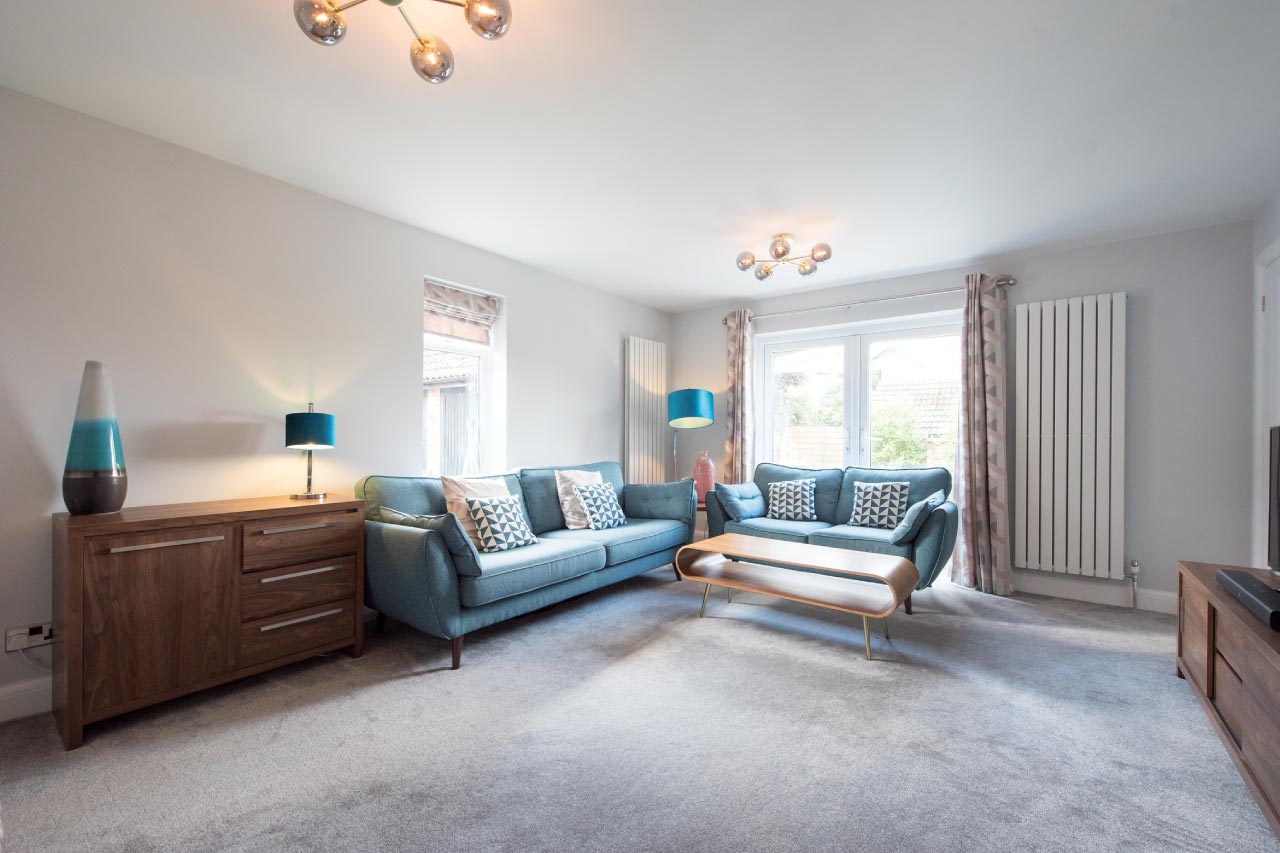
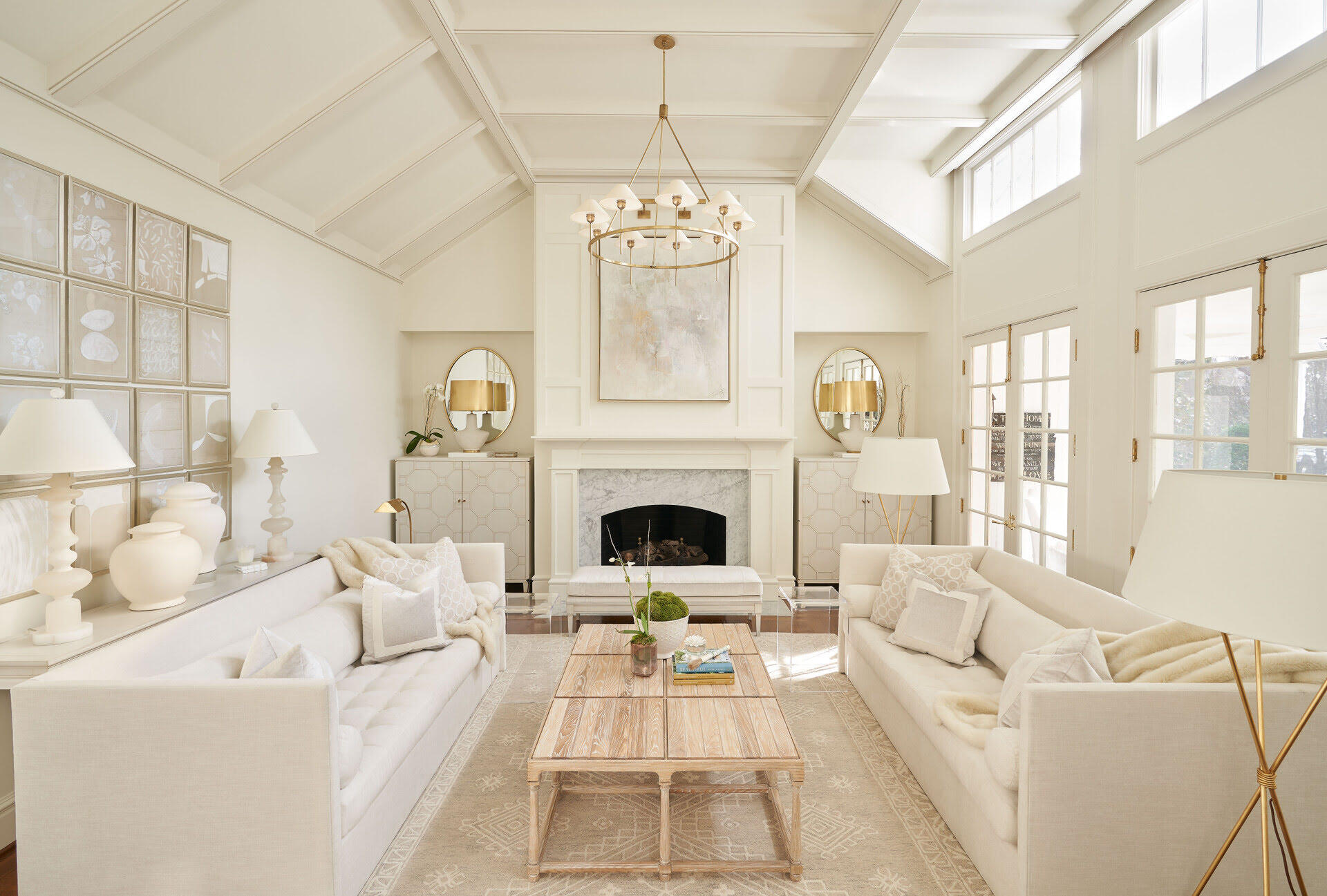
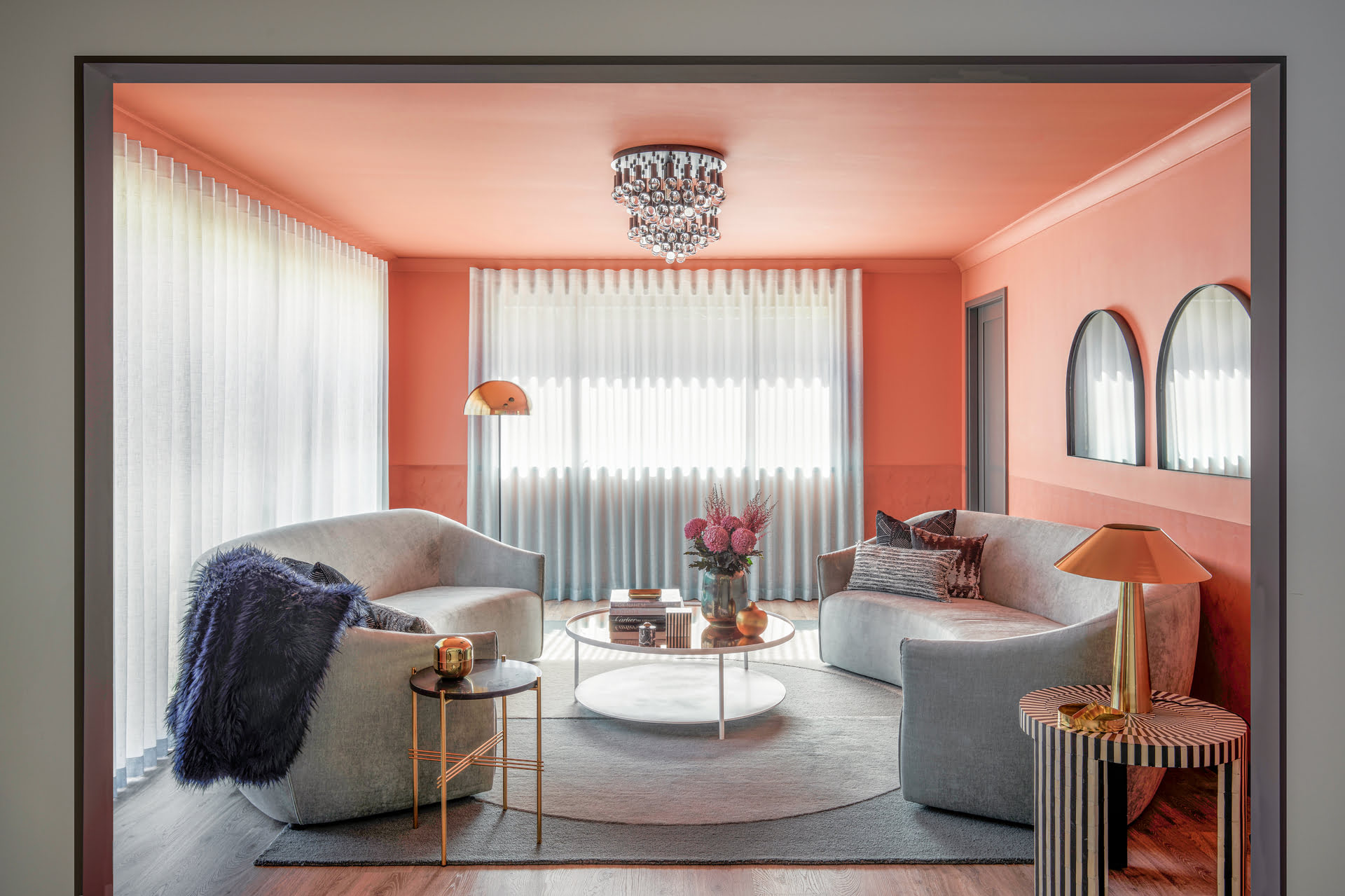
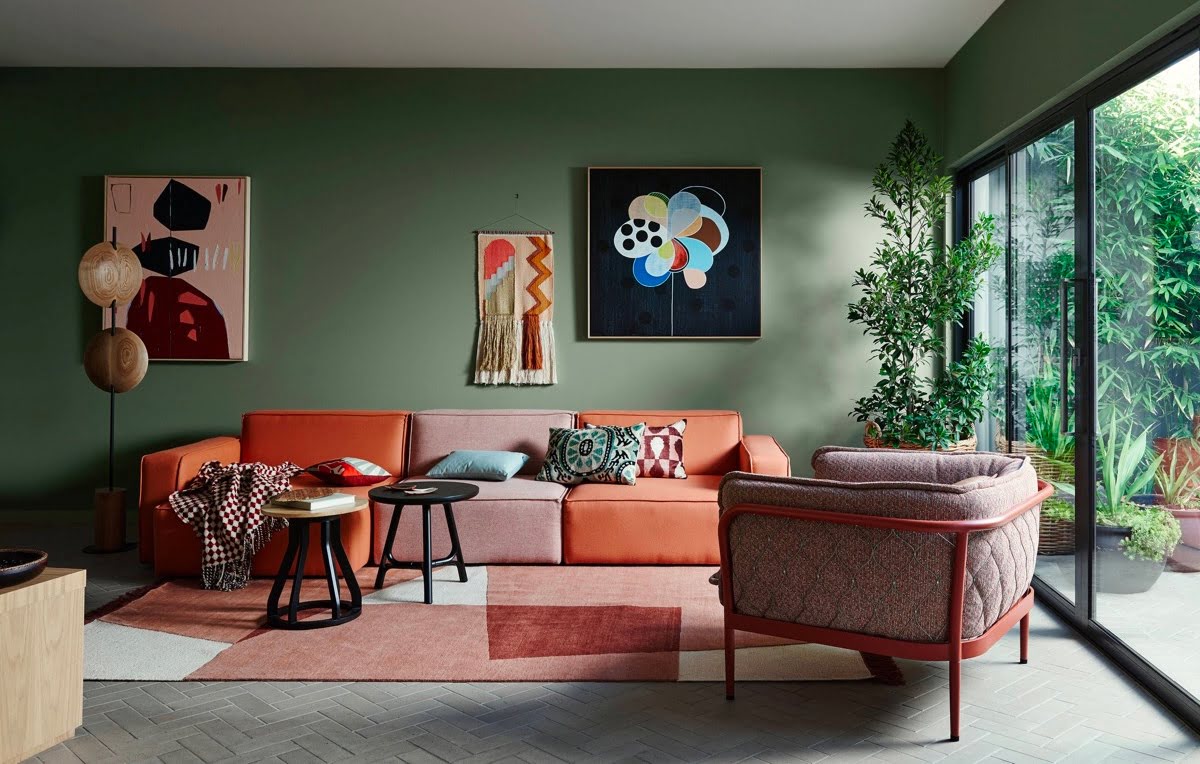
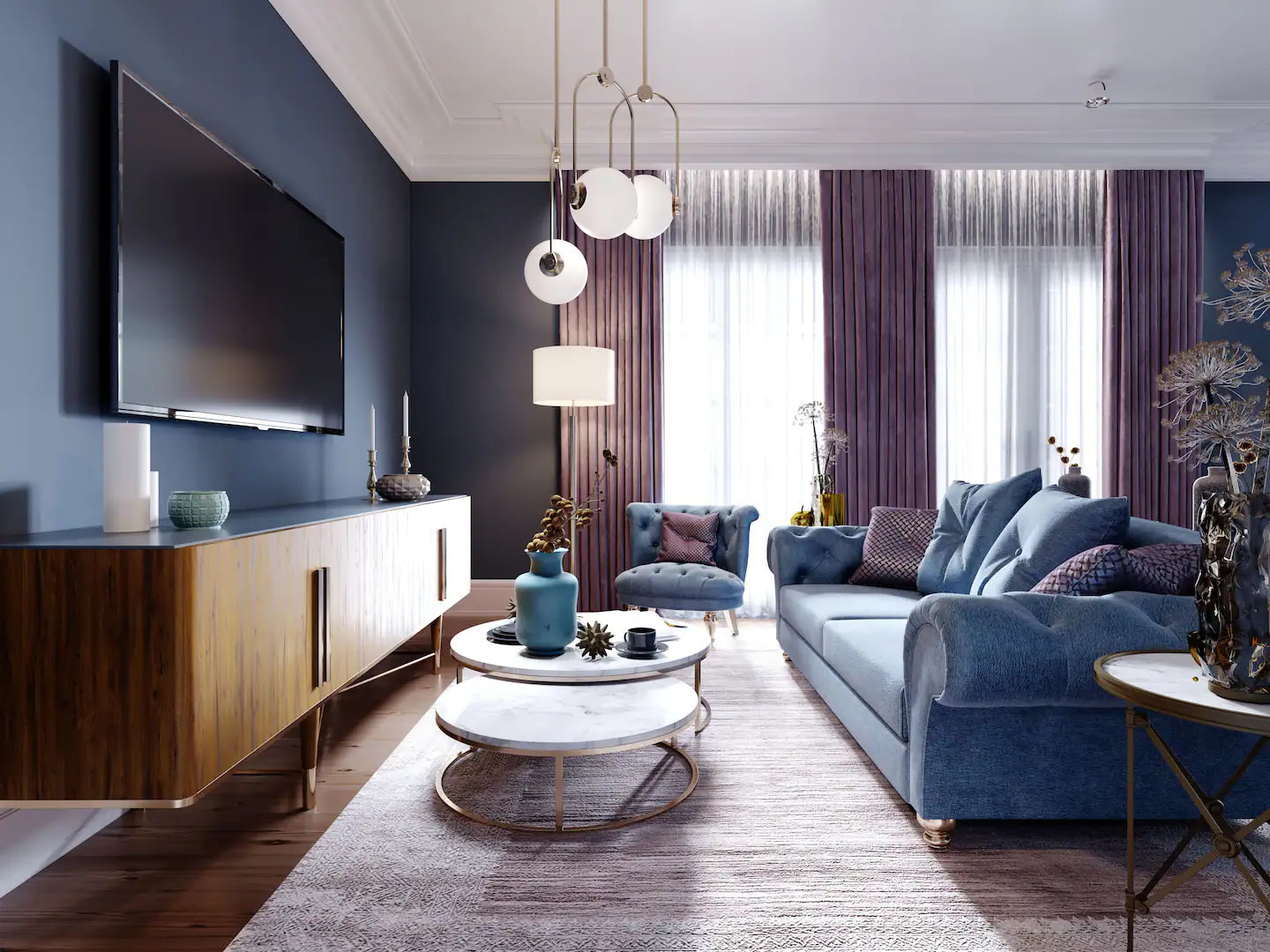
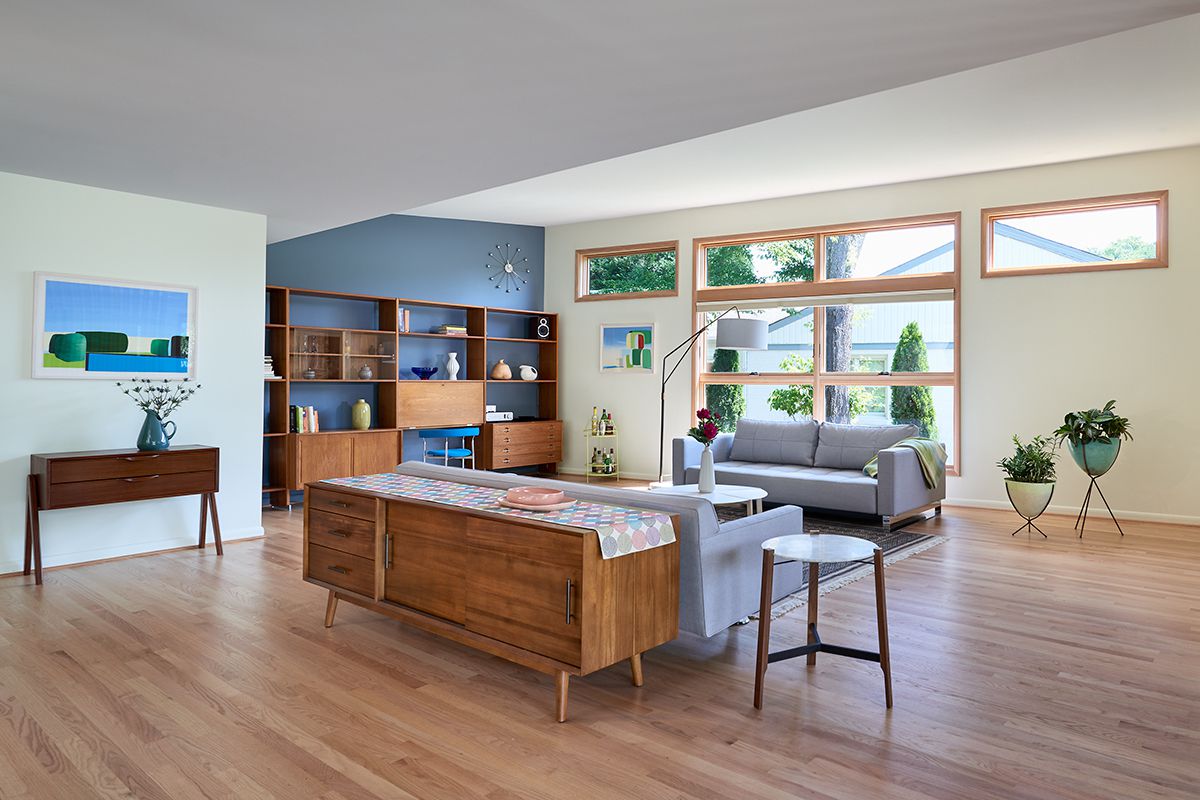


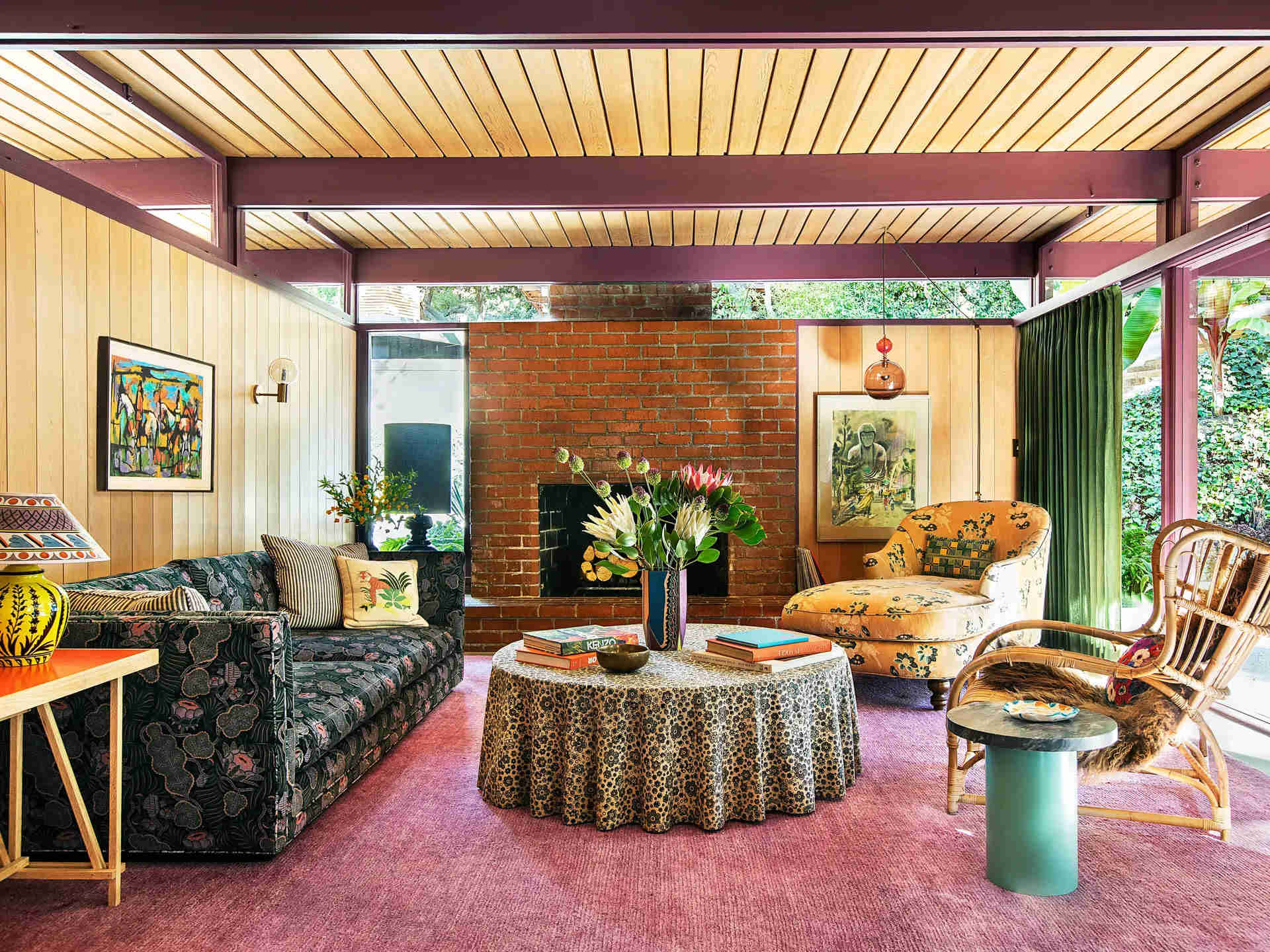
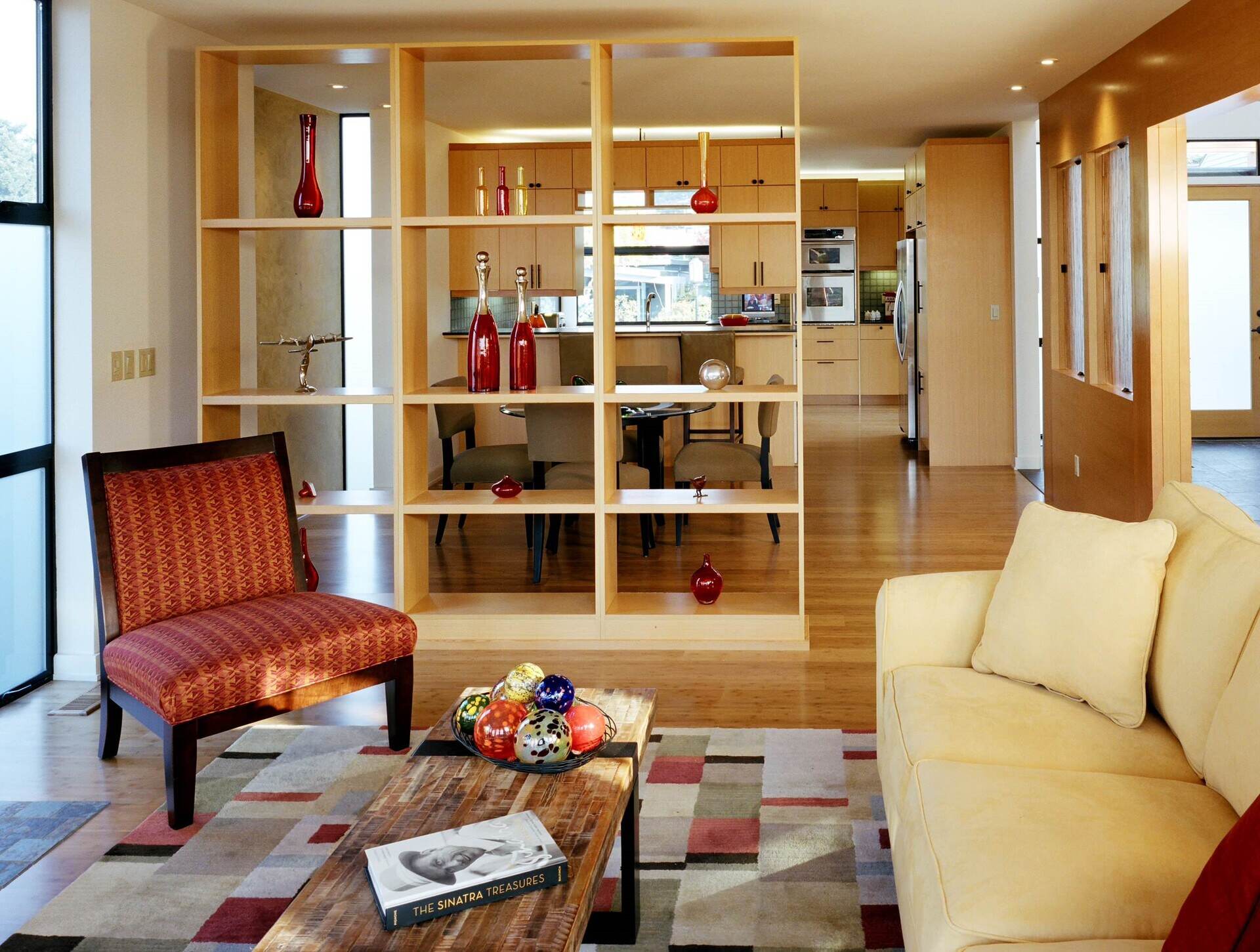
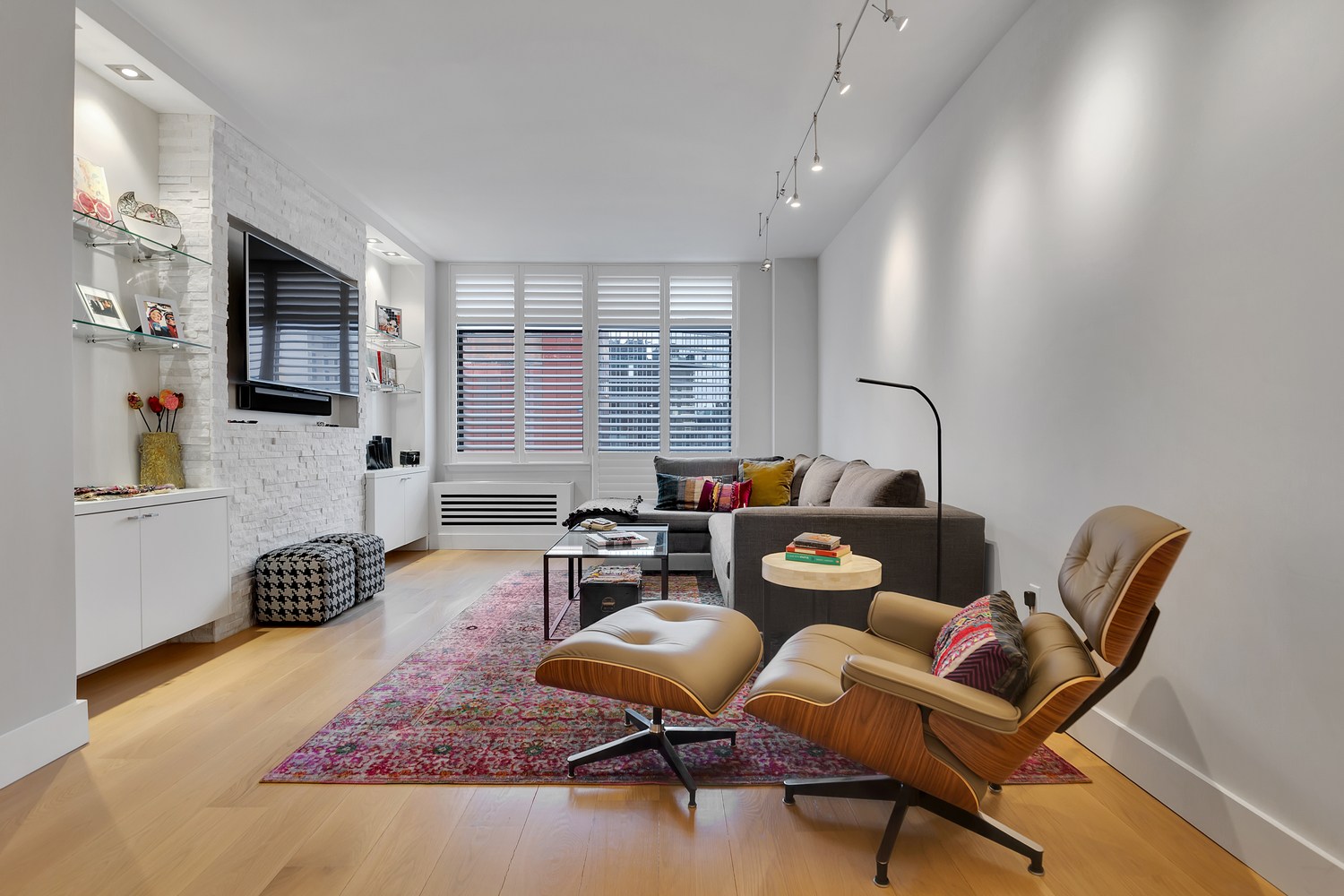
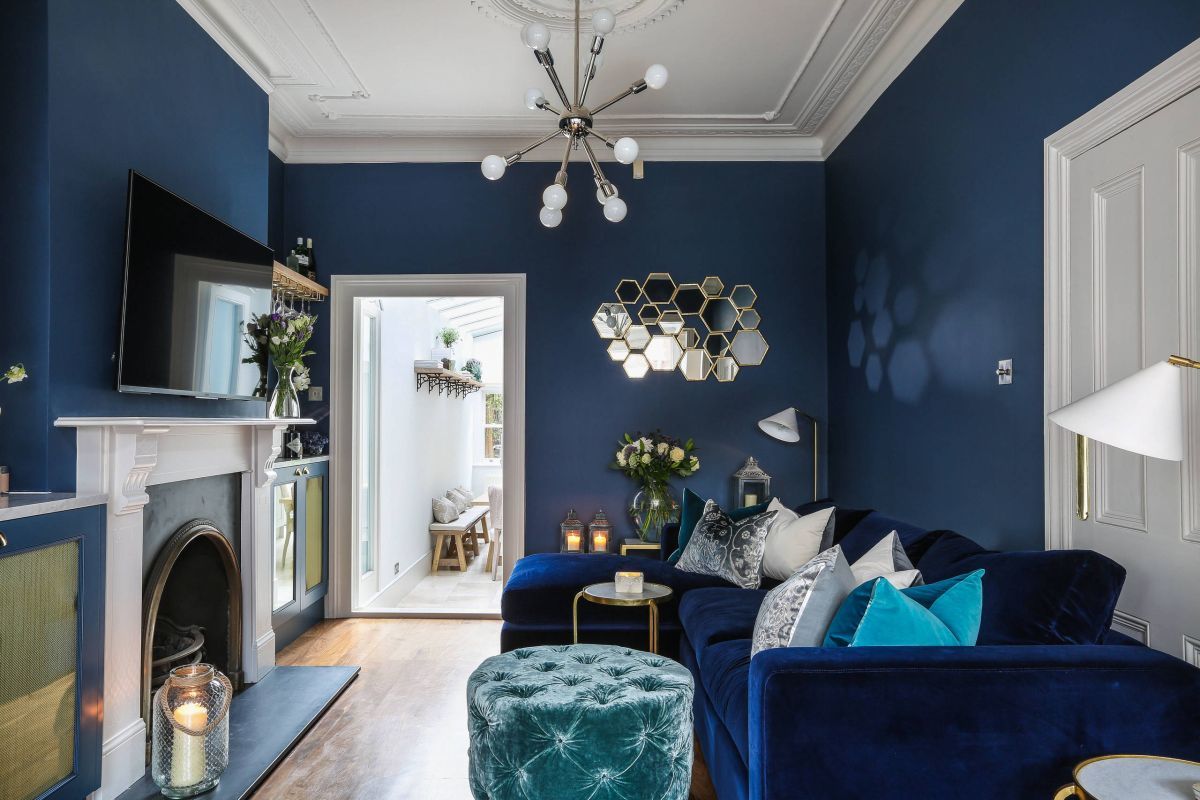

0 thoughts on “How Much To Furnish A Living Room”